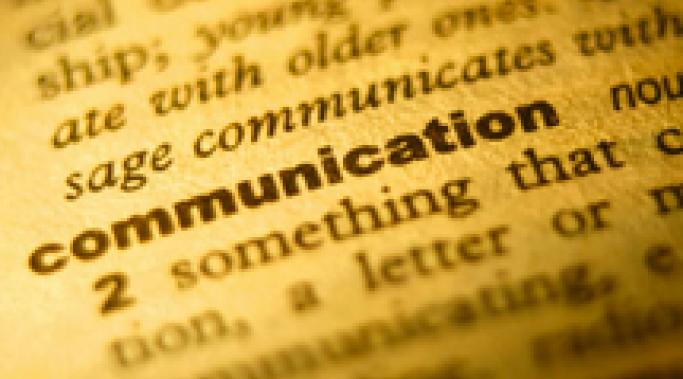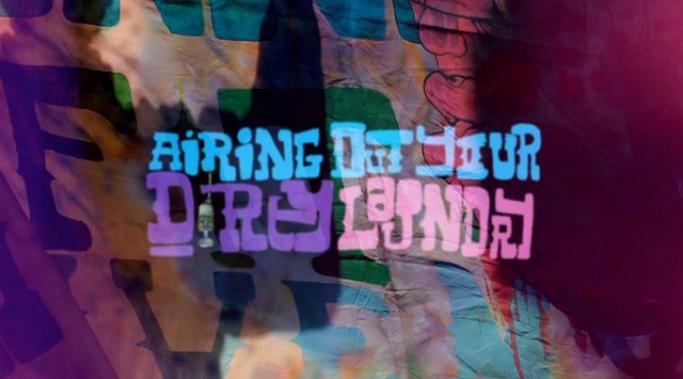Last week was National Crime Victims Rights Week, and while at a rally, someone gave me a pamphlet on domestic violence issues in the lesbian, gay, bisexaul, transgender, queer (LGBTQ) community. While domestic violence can affect anyone and can take many forms, the unique forms of domestic violence in the LGBTQ community are rarely discussed. I will focus on three types of domestic violence issues: strict gender roles, access to safe places, and threat of "outing" without consent.
Communication
Do you know how to confront an animal hoarder? Animal hoarders keep their secret for as long as they possibly can, but, eventually, it becomes obvious that compassion has obscured reality and intervention becomes necessary (What Is Obsessive Compulsive And Related Disorders in DSM-5?). My mother fosters cats for a couple of Humane Societies in the Greater Indianapolis area. Sometimes, this involves confronting animal hoarders. There are certain techniques that help make the confrontation less stressful for all involved.
There are many ways to have healthy communication. My family's communication style is not even remotely what I would call healthy. For example, I mentioned I had an upset stomach on Christmas Eve, and my mother said that if that were the case I needed to go home before the festivities started. I took this to mean that I was not welcome and left shortly after gifts were opened. Hurt feelings could have been avoided by phrasing this in a healthy manner (Healthy Communication In Relationships). Here are three ways to have healthy communication.
Feeling misunderstood is one of the most difficult and painful things for people with mental illness. It’s difficult for most everyone, but sometimes our mental illness can make the misunderstanding even more complicated and can even contribute to mental health stigma. Has it ever happened to you? Some event transpires and you are clearly misunderstood by another person, or a group of people? Have you experienced a misunderstanding that has contributed to mental health stigma?
Like it or not, other people often have input in our mental health treatment. For example, my mother once contacted a psychiatrist and told her my symptoms. Without talking to me, the psychiatrist told my mother what changes she would make. I confronted her and she later told my mother I had an attitude problem (ironically enough, this psychiatrist told my mother my borderline personality disorder (BPD) was caused by poor parenting). Long story short, I fired her. But you can't really blame my mother. She wanted what was best, even if it meant the psychiatrist broke confidentiality in a non-emergency situation. It raises an interesting question: should other people have input in your mental health treatment?
I am in the interesting position of being both a family member of a mentally ill person and being mentally ill myself. It sometimes gives me a unique understanding into both sides of the issues that can arise between the ill person and their family members.
It happened again the other night. A person that I largely respect asked me about my Mental Health Awareness ribbon. Happy to have an opportunity to discuss mental health, I explained that the lime green ribbon represents bringing mental health into the limelight. This person retorted:
"There are so many crazies."
"Why talk about it? Lock them up and end the threat to society."
Communication is challenging for many of us from time to time. For those with a mental health diagnosis and his or her support team, good communication is imperative.







